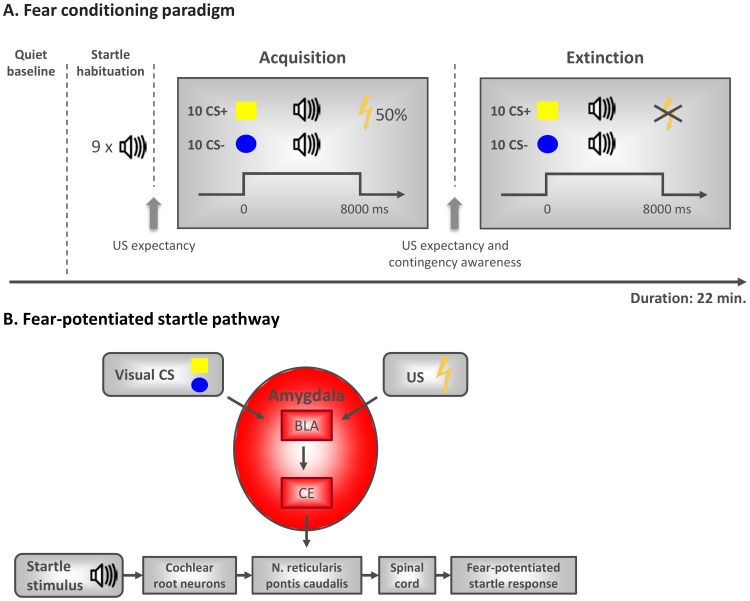Figure 1. A. Fear-potentiated startle pathway.
The primary acoustic startle pathway comprises only a few synapses involving the cochlear root neurons, neurons in the nucleus reticularis pontis caudalis, and motoneurons in the spinal cord that innervate the musculus orbicularis oculi and illicit the startle response. This pathway is critically modulated by the output of the amygdala. The basolateral amygdala (BLA) receives and integrates sensory information from multiple sources; here, the inputs of the visually presented conditioned stimuli (CS+ and CS−; yellow square, blue circle; assignment counterbalanced across participants) and the unconditioned stimulus (US; electric shock) are represented. The BLA is a locus of sensory convergence and a plausible site for CS-US association in the form of local synaptic plasticity within the amygdala. Intra-amygdaloid circuitry conveys the CS-US association to the central nucleus of the amygdala (CE) that mediates fear responses such as the fear-potentiated acoustic startle. B. Fear conditioning paradigm. The paradigm consists of a startle habituation, acquisition and extinction phase with a previous quiet baseline period. Acquisition consisted of 5 non-reinforced CS+ presentations and 5 CS+ presentations that co-terminated with the electric shock. The CS− was presented 10 times without reinforcement. Extinction was comprised of 10 non-reinforced presentations of each of the CSs. Before and after acquisition, the subjective US expectancy was assessed. Additionally, contingency awareness was assessed after acquisition.

